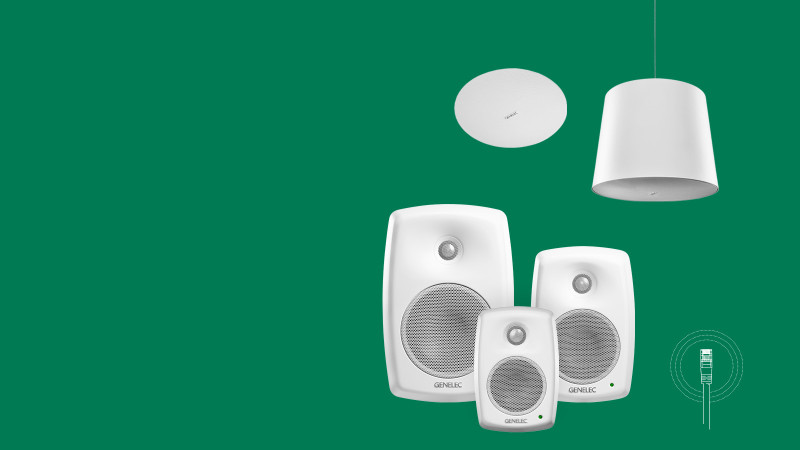gberchin
Active Member
No, as a matter of fact I don't. It is possible to provide the same DC supply from batteries (for a while), without any AC connection. The statement was provably false.Please don't be like that, when you know very well what he meant.


